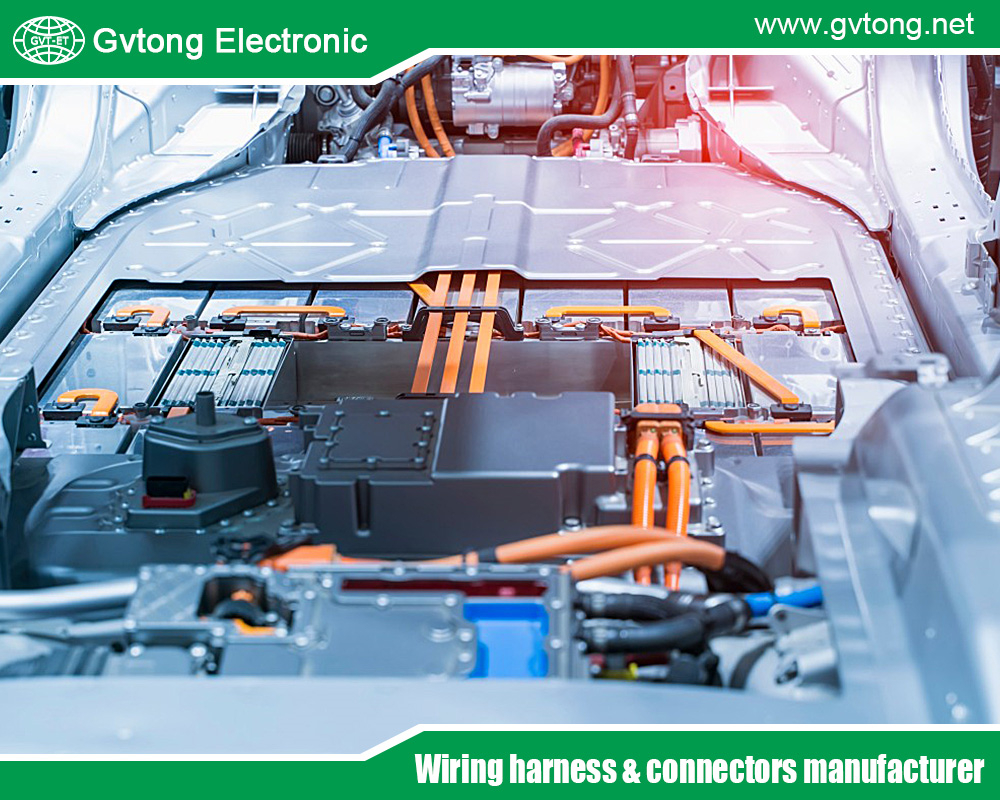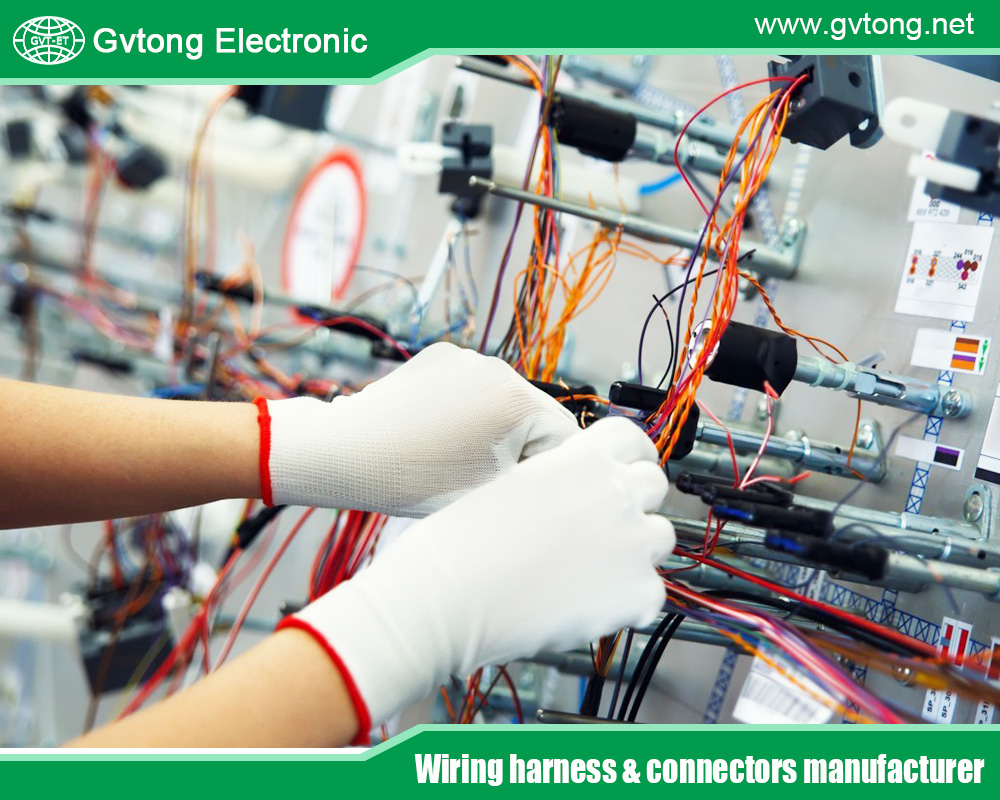Blogs & News
We are focus on automotive wiring harness & connectors technology.

The Potential Safety Hazards Caused by Using Recycled Electrical Connectors
- Gvtong Electronic
- 2 pin waterproof electrical connector, 2 Pin Way Car Waterproof Electrical Connector, 4-wire electrical connectors, 48V board net connectors, automotive coaxial connector, automotive data connector, automotive diagnostic connector, automotive electrical connector, Automotive electrical connectors, automotive electrical connectors kit, automotive electrical connectors waterproof, Automotive high - frequency connector, automotive hybrid connector, automotive optical fiber connector, Automotive power distribution connector, Automotive temperature - resistant connector, automotive waterproof electrical connectors, Automotive-grade AEC-Q200 connectors, electrical connector, electrical connector aviation connectors, Recyclable material connectors, recycled electrical connectorsd, Thermal management connectors, Wireless charging connectors
- No Comments
The Potential Safety Hazards Caused by Using Recycled Electrical Connectors
With the rapid development and iteration of electronic devices and industrial systems, the use of recycled electrical connectors has gradually increased. From the perspectives of environmental protection and cost, the utilization of recycled electrical connectors has certain positive meanings. However, the potential safety hazards cannot be ignored. These safety hazards may not only affect the normal operation of equipment but also cause serious threats to personnel life safety and property safety. The following is an in – depth analysis from multiple technical dimensions.
Risks from Degradation of Electrical Performance
1. Increase in Contact Resistance
One of the core functions of an electrical connector is to achieve a stable electrical connection. After multiple insertions and extractions and long – term use, the surface of the contact parts of a recycled electrical connector will suffer from wear and oxidation. The metal on the surface of the contact parts will react with oxygen in the air to form an oxide film. The resistivity of this oxide film is much higher than that of the metal itself, which will significantly increase the contact resistance.
When the contact resistance increases, according to Joule’s law (Q = I^{2}Rt) (where (Q) is heat, (I) is current, (R) is resistance, and (t) is time), more heat will be generated when current passes through the connector. The accumulation of heat will cause the local temperature of the connector to rise, accelerate the aging of the insulating material, and further damage the performance of the connector. In severe cases, it may even trigger a fire. Take the high – current electrical connectors used in industrial automation production lines as an example. If the contact resistance increases due to recycled use, the continuous high temperature may cause the flammable materials near the connector to burn, leading to the paralysis of the production line and huge property losses.
2. Decline in Insulation Performance
The insulating materials of recycled electrical connectors are exposed to electric fields, temperature, humidity, and chemical substances for a long time, and their insulation performance will gradually decline. The aging of the insulating materials will lead to a decrease in insulation resistance. The insulating layer that could originally effectively isolate conductors with different potentials may experience leakage.
In some application scenarios with extremely high requirements for electrical insulation, such as medical equipment and aerospace fields, the leakage problem caused by the decline in insulation performance may lead to serious consequences. In medical equipment, a tiny leakage current may cause irreversible damage to the patient’s heart and other sensitive organs. In aerospace systems, leakage may interfere with the normal operation of electronic equipment, leading to failures in the flight control system and endangering flight safety.
3. Instability of Electrical Parameters
In addition to contact resistance and insulation resistance, other electrical parameters of electrical connectors, such as characteristic impedance and insertion loss, may also become unstable after recycled use. Mismatched characteristic impedance will cause signal reflection during signal transmission, making the signal distorted. An increase in insertion loss will weaken the signal strength and affect the communication quality.
In the field of high – speed data transmission, such as 5G communication base stations and data centers, there are extremely high requirements for the consistency of the electrical parameters of electrical connectors. The instability of the electrical parameters of recycled electrical connectors will lead to an increase in the data transmission error rate, resulting in problems such as packet loss and delay, which will seriously affect the network performance and service quality.
Hidden Dangers Caused by Mechanical Structure Damage
1. Abnormal Insertion and Extraction Force
During the design of electrical connectors, the insertion and extraction force has a strict standard range to ensure the reliability of the connection and the convenience of operation. Due to excessive insertion and extraction times, the internal contact parts, springs, and other components of recycled electrical connectors will wear and deform, resulting in changes in the insertion and extraction force.
Excessive insertion and extraction force will increase the labor intensity of operators and may even damage the connector or the equipment interface connected to it during the insertion and extraction process. Too small insertion and extraction force will make the connection of the connector not tight enough. In cases of equipment vibration, shaking, etc., it is easy to loose and fall off. In the automotive electronic system, if the electrical connector in the engine compartment becomes loose due to the abnormal insertion and extraction force caused by recycled use, it may cause the interruption of the engine control signal, trigger engine failure, and affect driving safety.
2. Reduction in Mechanical Strength
The shell, terminals, and other components of electrical connectors will be subjected to various external forces such as tension, extrusion, and vibration during long – term use, resulting in material fatigue and a reduction in mechanical strength. The mechanical structure of recycled electrical connectors may already have hidden damages and cannot withstand the same mechanical stress as new connectors.
In some harsh working environments, such as mines and construction sites, equipment will face strong vibration and impact. If recycled electrical connectors are used, their weak mechanical structure may break and be damaged under these external forces, causing the electrical connection to be interrupted, the equipment to stop running, and even triggering safety accidents.
3. Failure of Sealing Performance
For electrical connectors used in environments such as humidity, dust, and corrosive gases, good sealing performance is of vital importance. The sealing parts of recycled electrical connectors, such as sealing rings and sealants, will age, deform, and crack after long – term use, leading to the failure of sealing performance.
Once the sealing fails, external moisture, dust, corrosive substances, etc. will invade the inside of the electrical connector, corrode the contact parts and circuit boards, and further deteriorate the electrical performance, shortening the service life of the equipment. In offshore wind power equipment, if the electrical connector’s sealing fails and seawater and moisture enter the inside, it will quickly corrode the metal parts, cause equipment failure, and increase maintenance costs and downtime.
Material Aging and Chemical Problems
1. Material Aging
The materials of electrical connectors, whether metal contact parts or plastic insulating shells, will age over time. The metal materials will oxidize and corrode, and the plastic materials will become hard, brittle, and fade. The physical and chemical properties of the aged materials will change, failing to meet the requirements for the normal operation of electrical connectors.
For example, after the plastic shell ages and becomes brittle, it may crack when subjected to slight external force collision, losing the protective effect on the internal electrical components. After the metal contact parts are oxidized and corroded, not only the electrical performance will decline, but also metal debris may be generated. These debris entering the inside of the connector may cause serious problems such as short circuits.
2. Chemical Compatibility Issues
In the process of recycling electrical connectors, if the use environment and the contact chemical substances are not fully understood, chemical compatibility issues may occur. Different chemical substances may react chemically with the materials of the electrical connector, damaging the material structure.
For example, certain organic solvents may dissolve the plastic insulating materials, leading to insulation failure. Acidic or alkaline substances will accelerate the corrosion of metals. In chemical production workshops and other environments with a variety of chemical substances, using recycled electrical connectors without strict testing, once chemical compatibility issues occur, will quickly trigger safety accidents, threatening the life safety of operators and the safe operation of production facilities.
Difficulty in Guaranteeing Reliability and Service Life
New electrical connectors have undergone strict testing and quality control before leaving the factory, which can ensure stable and reliable work within a certain service cycle. However, due to the unclear use history of recycled electrical connectors, their actual remaining service life is difficult to accurately assess.
Even after simple visual inspection and electrical performance testing, the potential internal problems cannot be fully determined. In some key application scenarios, such as power systems and rail transit, the reliability of electrical connectors is directly related to the safe operation of the entire system. Using recycled electrical connectors may cause major accidents such as large – area power outages and train stops due to their sudden failure, causing huge economic losses and social impacts.
In conclusion, using recycled electrical connectors has many safety hazards, involving many important aspects such as electrical performance, mechanical structure, materials, and reliability. Although recycling electrical connectors has certain economic and environmental values to a certain extent, in order to ensure the safe and stable operation of equipment and protect personnel life and property safety, recycled electrical connectors should be used with caution in key application fields, or they should be comprehensively and strictly tested and evaluated to avoid suffering greater losses for small gains.
For more about the potential safety hazards caused by using recycled electrical connectorsd, you can pay a visit to Gvtong at https://www.gvtong.net/ for more info.
Recent Posts
The Best GR Series-Circular Connectors Manufacturer
The Best GD Series Combined Power Connector Manufacturer
A Guide to Selecting the Best GH Series Plastic Connector Manufacturer
How High Pressure Connectors Work?
The Best Automotive Connector Companies
Tags
Recommended Products
-
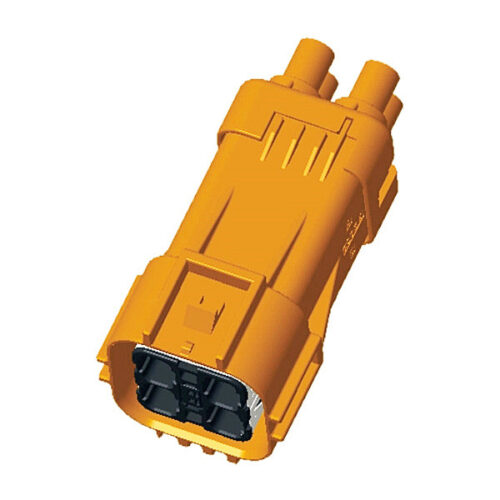
High voltage connector-GH630 series-4P
-

Photovoltaic connector – Board end socket
-
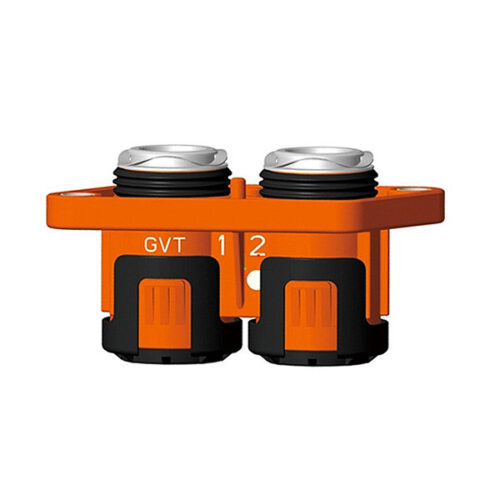
GIPT two-core wiring connector
-
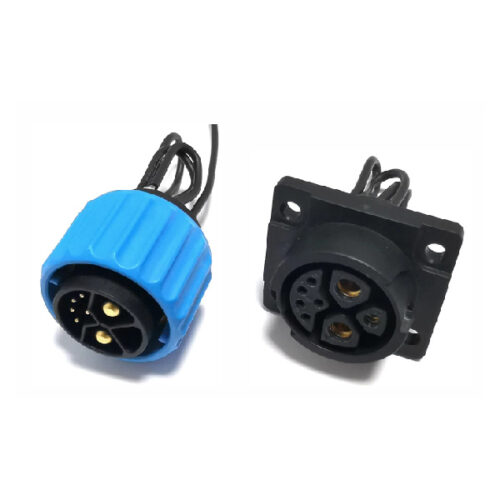
GD Series – Combined Power Connector – (2+1+5) Cores
-
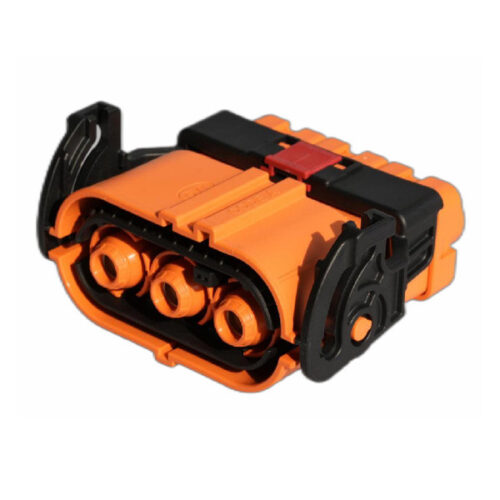
GH800 Series-3-core plastic high voltage connector
-
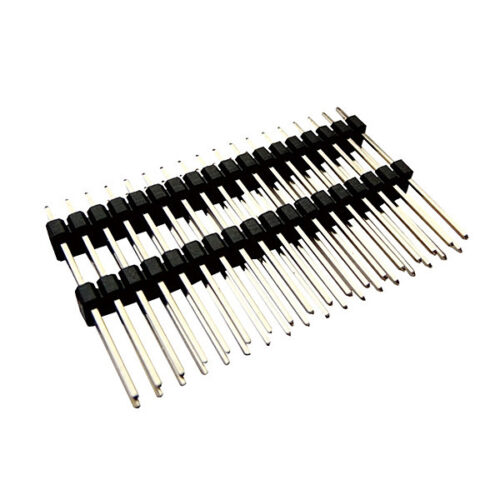
Pin header and female header
-
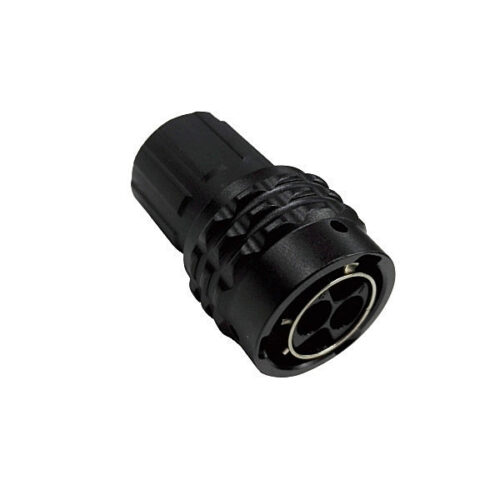
Signal connector-2 core-12#
-
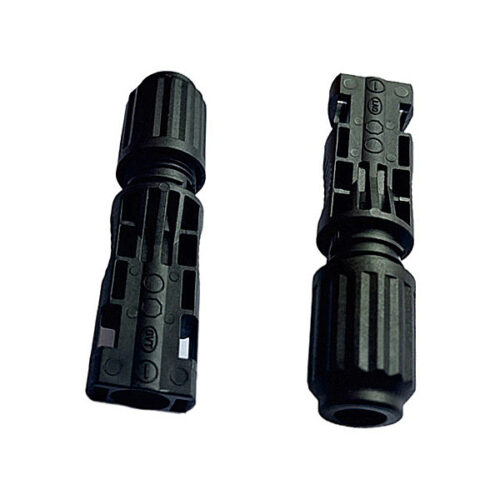
Photovoltaic Connector-Line End Socket

